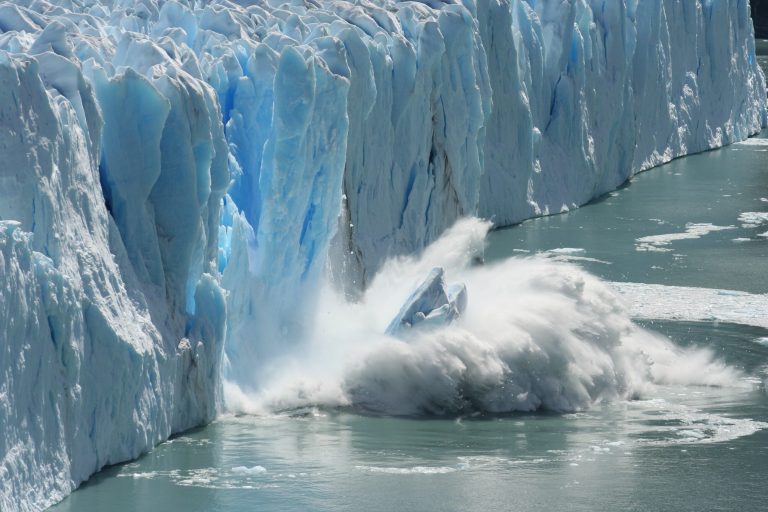Scientists have no illusions. New data on Polish forests
We hear that forest resources are increasing in Poland. This, however, does not mean that this applies to old, natural forests. In statistics, a forest area is also an area where trees have already been cut down or have just been planted. And Poland is at the European forefront when it comes to forest clearing, scientists point out.
Data from the Central Statistical Office show that from 2015 to 2019, over 42,000 new jobs were added in Poland. ha of forests. Their total area reached over 9,462,883 ha. And the forest cover is 29.6%. (and over 5 years it increased by 0.1%).
The percentage of “forest within a forest” is decreasing
Scientists involved in forest research, however, believe that a certain correction should be made when interpreting data on forest area: natural and commercial forests are completely different qualities.
– We may have more and more wooded areas, but our plantation area is increasing. And what is a natural forest is decreasing – says prof. Tomasz Wesołowski, head of the Forest Biology Laboratory at the University of Wrocław. And he jokes that the percentage of “forest within a forest” is decreasing. In his opinion, when it comes to maintaining diversity and the forest’s ability to absorb and store carbon dioxide, the situation is not improving, but is even getting worse.
Director of the Institute of Mammal Biology of the Polish Academy of Sciences in Białowieża, Ph.D. Rafał Kowalczyk, professor at IBS PAN, refers to the results of research published in the scientific journal Nature. These studies show that in the years 2016-2018 the logging area in Europe increased by an average of 49%. compared to the period 2011-2015. The biomass of cut wood increased by as much as 69 percent during this time. It also increased by 34%. average area of a single clearcut.
The article also shows that in recent years the logging area in Poland has increased by 58%, which is above the European average.
These data were obtained by analyzing satellite images from Europe. Based on this unusually collected forest data, the authors of the study determined, among others: felling area and estimated the actual forest area.
Hot discussion
Ph.D. Przemysław Chylarecki from the Museum and Institute of Zoology of the Polish Academy of Sciences points out that in the official statistics of the Central Statistical Office, every forest area that was a forest remains a forest even when there are no trees on it anymore. Areas where trees have been cut down are also treated as forests; thickets or plantations that will de facto become forests in several dozen years. – And in public perception, a forest is a place where large trees grow – he sums up.
Therefore, the authors of the Nature article consider only forested areas where trees exceed 5 m in height to be forests – he adds.
Dr. Chylarecki points out that after the publication of the article, a discussion broke out in the academic community and voices appeared saying that new statistics on forests are needed in Europe. They should take into account the fact that after cutting down a forest, an ecosystem is created that cannot be called a forest, but will still be a forest. – Poland is not an exception in using statistics that do not catch this – adds Dr. Chylarecki.
In his opinion, there is a need for new systems for accounting and recording what is happening to forests. He adds that reporting in Europe will probably change in this direction.
Prof. Kowalczyk points out that in Europe, mainly coniferous forests – pine and spruce – are cut down. And Poland is a leader when it comes to cutting down deciduous and mixed forests.
A scientist from IBS PAN reports that 87 percent The area of all forests in Poland consists of coniferous stands. However, mixed and deciduous forests – important from the point of view of biodiversity conservation – are becoming fewer and fewer. He explains that this is mainly due to economic calculations. Deciduous trees grow slower, are more difficult to grow and usually need better soil. However, they are better adapted to the changing climate, while coniferous species, associated with a colder climate, will decline.
People appreciate natural forests
– Coniferous species are planted and artificially maintained despite the climate changes we are observing – he says. He adds that such trees – associated with a colder climate – may not cope well with rising average temperatures. He gives the example of the Białowieża Forest, where a few years ago there was an outbreak of the spruce bark beetle.
Prof. Kowalczyk points out: “People are beginning to appreciate forests other than those in the vicinity of cities or towns, which are pine plantations and typically commercial forests. They are starting to look for old, natural forests.” He adds that the main reason why visitors come to the Białowieża Forest is not, contrary to appearances, the bison, but primarily the desire to see a natural forest. – Such forests are important not only for natural reasons and their importance for biodiversity conservation, but also because of the growing social needs to commune with wildlife – he says.
Head of the Białowieża Geobotanical Station of the University of Warsaw, prof. Bogdan Jaroszewicz explains: “Our forestry model assumes that each piece of forest will fulfill all functions: someone idealistically assumed that all forest functions can be maximized in the same place and time: production, natural and social. There is a conflict between these three functions. If we try to maximize the economic function, the natural and recreational value of the forest automatically decreases. It causes conflicts, it causes controversy.”
The discussion in which scientists took part was organized at the end of July by Greenpeace Polska.






